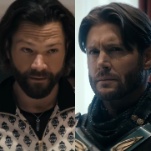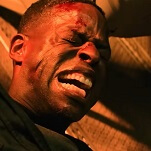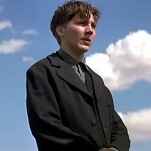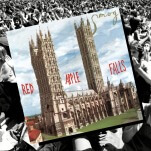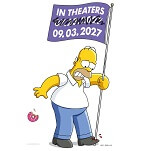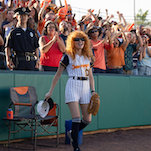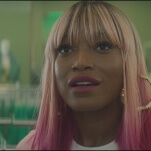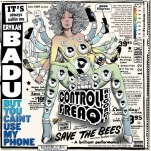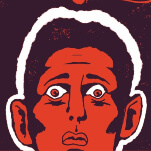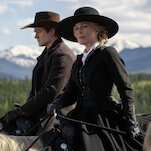Pop culture can be as forbidding as it is inviting, particularly in areas that invite geeky obsession: The more devotion a genre or series or subculture inspires, the easier it is for the uninitiated to feel like they’re on the outside looking in. But geeks aren’t born; they’re made. And sometimes it only takes the right starting point to bring newbies into various intimidatingly vast obsessions. Gateways To Geekery is our regular attempt to help those who want to be enthralled, but aren’t sure where to start. Want advice? Suggest future Gateways To Geekery topics by emailing [email protected].
Why it’s daunting: As musical genres go, proper glam rock is relatively discrete and short-lived, anchored as it is to a few British artists’ work in the early 1970s. But boy, all those far-out costumes can seem forbidding on a first encounter. It doesn’t help that glam’s reputation entered a fallow period not long after its heyday. Using camp, androgyny, and future-leaning science-fiction trappings, glam emerged as a theatrical interlude between hippie earnestness and punk fierceness. When the ’80s came around, the sexual liberation that allowed glam fans to at least play at sexual ambiguity had rolled back. The moment became a distant memory most often recreated by midnight showings of the glam-inspired Rocky Horror Picture Show, as stars like David Bowie and Bryan Ferry changed with the times.
Possible gateway: David Bowie’s The Rise And Fall Of Ziggy Stardust And The Spiders From Mars
Why: At this point, David Bowie’s glam-drenched alter ego Ziggy Stardust is just one of many personas Bowie tried on and discarded over the years. But for a while, his attention-grabbing costumes and then-outrageous admissions of bisexuality defined glam rock. Musically and visually, Bowie took a lot of cues from Marc Bolan and his band T. Rex, which combined propulsive music, aching sentiment, and spaced-out nonsense to brilliant effect. But Bowie was always brilliant at playing a part, and he transcended his inspirations by throwing himself into the role of the über-glam Ziggy on this 1972 concept album about, more or less, a messianic alien rock star living in the shadow of a looming apocalypse. He sings with such heartfelt conviction on an album that ranges from the doomsday cityscape of “Five Years” to the classic-rock radio staple “Suffragette City” to the intimate drag-queen portrait “Lady Stardust” that there’s little chance of not taking him seriously, even though he’s a grown man prancing around in the guise of an androgynous extraterrestrial. A crack band led by guitarist Mick Ronson helps as well. Bowie abandoned glam after it was converted back into bubblegum by acts like Slade and Sweet, but Ziggy Stardust remains completely transporting, like a dispatch from a possible future that never came to be.
Next steps: Roxy Music’s self-titled debut, T. Rex’s The Slider, Brian Eno’s Here Come The Warm Jets.
Where not to start: David Bowie’s Aladdin Sane features an iconic cover and some of Bowie’s best songs from the period (“Drive-In Saturday,” “Panic In Detroit,” “The Jean Genie”) but it doesn’t hold together as an album nearly as well, and it features a fair number of bum sidetracks that make it definitely one to pick up later on.



